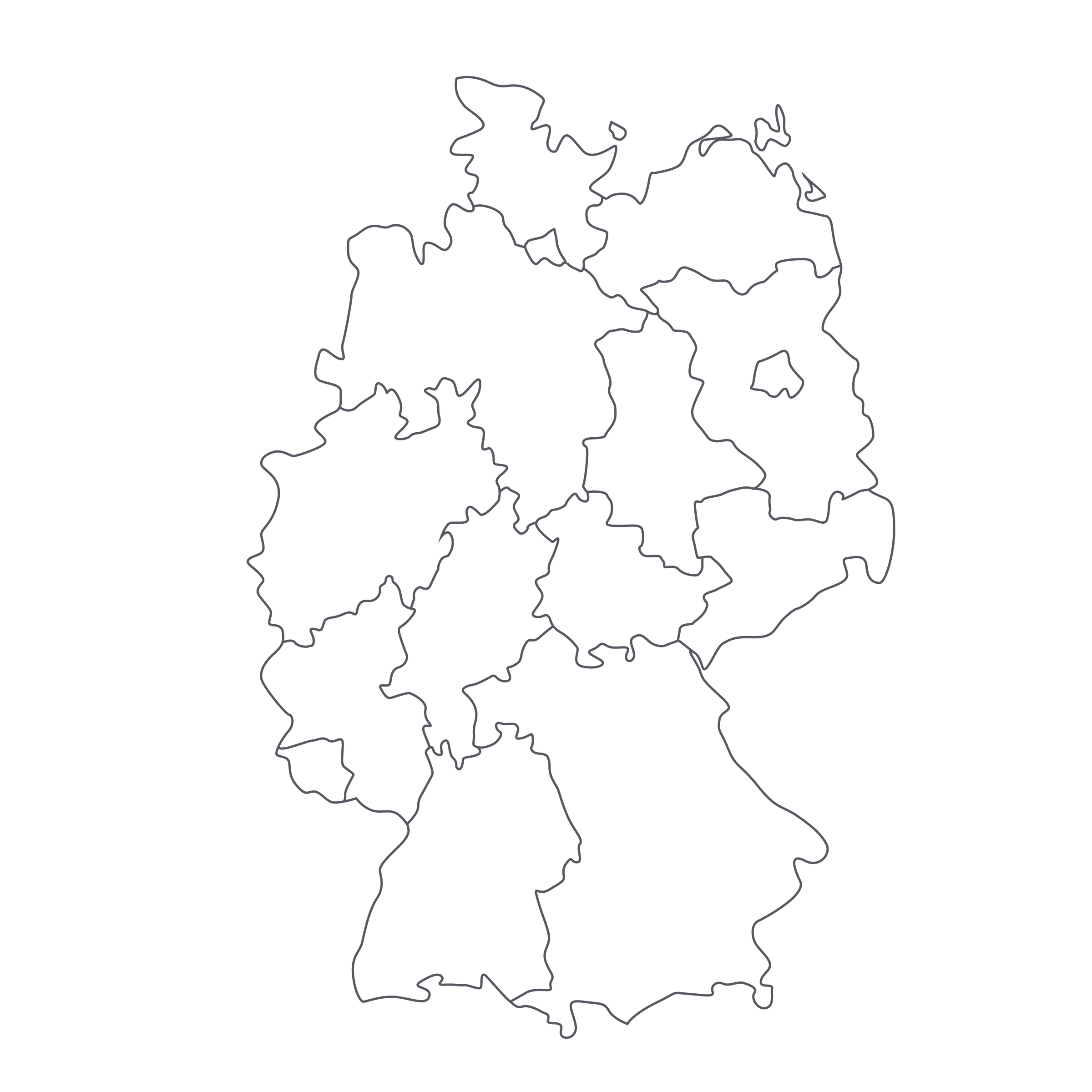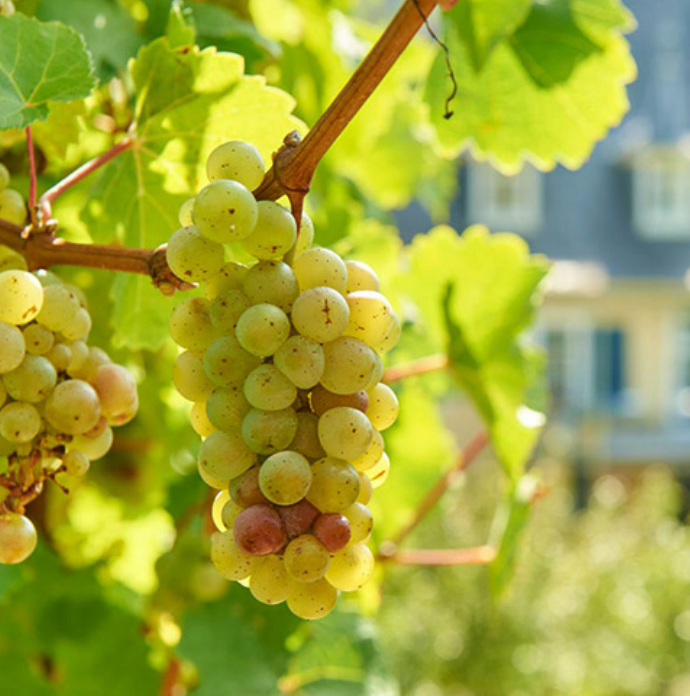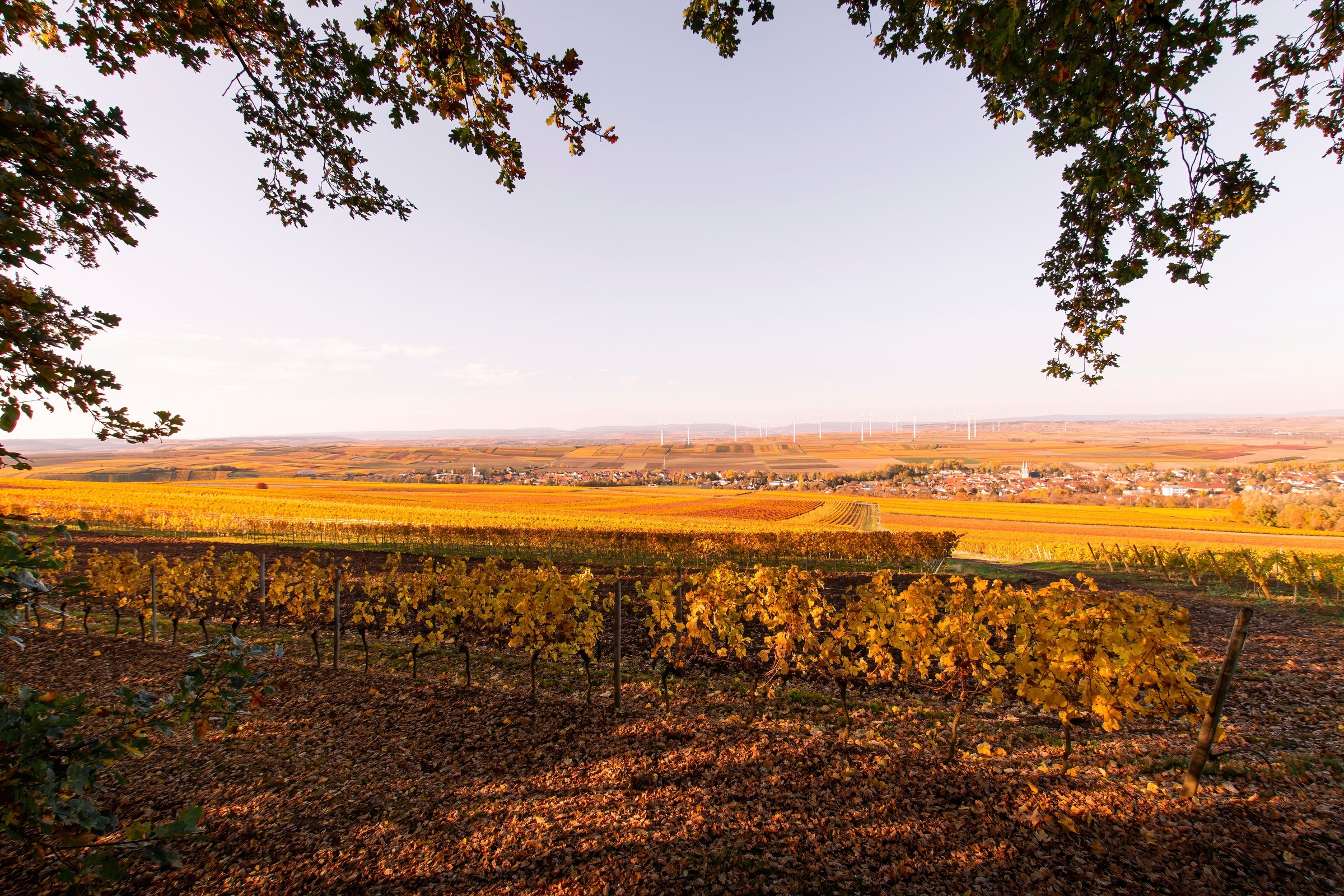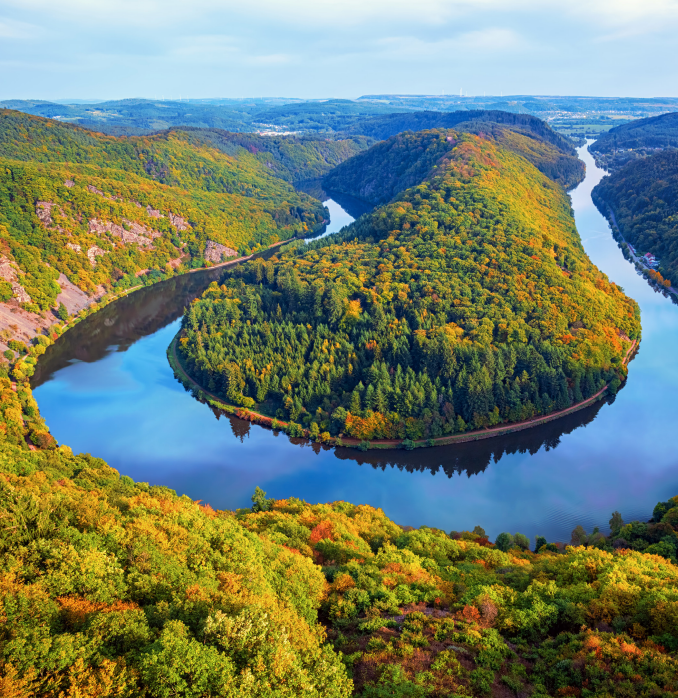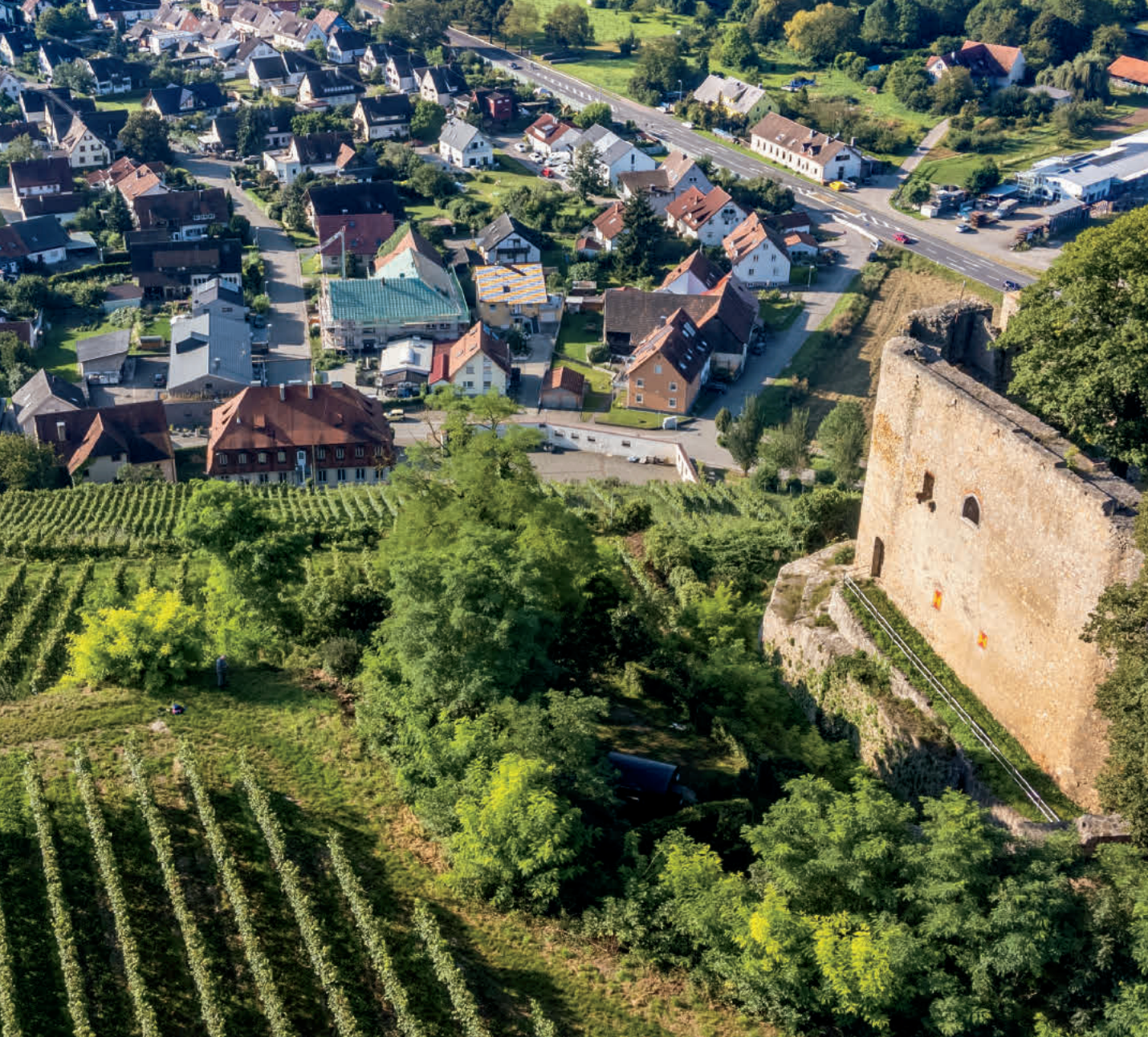The Mosel’s sprawling Grand Cru “Juffer” vineyard has become renowned for its ability to produce beautifully ripe, mineral-finessed Riesling that becomes some of Germany’s finest, longest-lived white wine. But at the core of this sprawling, near-vertical hillside vineyard lies a smaller, nested vineyard called “Juffer-Sonnenuhr.” Coming in at one-third the size, but equally precipitous (as
I found out firsthand last year), Juffer-Sonnenuhr is the jewel-box destination for the best of the best Riesling—especially when they start creeping up the ripeness scale and tacking on age.
Take today’s special offer: This nearly quarter-century-old Riesling
Auslese is about as youthful and tension-filled as it gets, and I would be floored if someone could identify this correctly in a blind tasting. I’d place a hefty bet that most would call it much younger and much drier because that’s exactly how it tastes! Of course, that’s why every sommelier and wine connoisseur I’ve ever been acquainted with has a major affinity for Riesling. The impossible balancing act they display, as well as their ability to defy time, is rivaled by no other grape. Today’s Riesling
Auslese from Dr. Leimbrock was sourced from just 0.6 hectares, aged in old 500-liter
demi-muids, and rested in a dark German cellar for two-plus decades. It’s nowhere else to be found and we special-ordered it just for our subscribers, so load up and enjoy!
The Leimbrock family has been in the Mosel wine business for 270 consecutive years, and despite consistently crafting elite Riesling and garnering countless accolades, they’re only in possession of 8.5 hectares of vines. Although the estate as currently constructed was formed in the late 1960s, it’s safe to assume the Leimbrocks intimately know their vines. Exhibit A is today’s stunningly bright and aromatically lifted 1995—a wine that appears to have taken a long soak in the fountain of youth.
Brauneberg, Bernkastel, Graach, and Wehlen: Gibberish to those outside of the industry, but to idolizers of Riesling, this reads as a who’s who of Mosel’s greatest wine villages. This string of towns holds perhaps the finest cluster of quality Riesling vines in the Mosel. They cling to steep, slate-heavy hillsides, and many parcels are farmed naturally because they have to be: Finding a machine that can function on Juffer-Sonnenuhr’s 60%-70% incline is near impossible, and hiring workers to do backbreaking, perilous work isn’t an easy task either! Today’s offer from Dr. Leimbrock was hand-harvested at an auslese level of ripeness in late 1995, underwent a long fermentation, and then aged in neutral 100-liter barrels locally known as fuderfass. Upon bottling in 1997, the wines then took a deep sleep in their cellar until the beginning of 2019.
A vivid, highly reflective yellow reveals itself in the glass, but your focus on visuals will quickly be distracted once the core of youthful, high-energy aromatics reach your nose. It’s impossible not to be fascinated by the powerful perfumes of this ’95: yellow peach, lemon curd, Acacia honey, honeysuckle, lime blossom, mango, fresh pineapple, and tangerine blast out with style before introducing crushed wet slate, candied ginger, and dried herbs. The palate delivers an exceptionally clean and balanced mouthfeel that is electrified by mind-boggling freshness and pure mineral notes. Yes, there is residual sugar in the wine, but it’s a background character in a film—hardly noticeable, but unquestionably important if you want to capture authenticity. That’s what Mosel is all about: soulful, ethereal, filigreed wines that boast a harmonious savory-sweet balance and shocking cellar potential. Still not a believer? Let this sub-$50, 24-year-old bottle change your mind. Serve in all-purpose stems around 55 degrees (although it revealed another layer around 60 degrees for us) and pair it with some southeast Asian cuisine. For adventurers, try out the attached Vietnamese recipe. Cheers!


